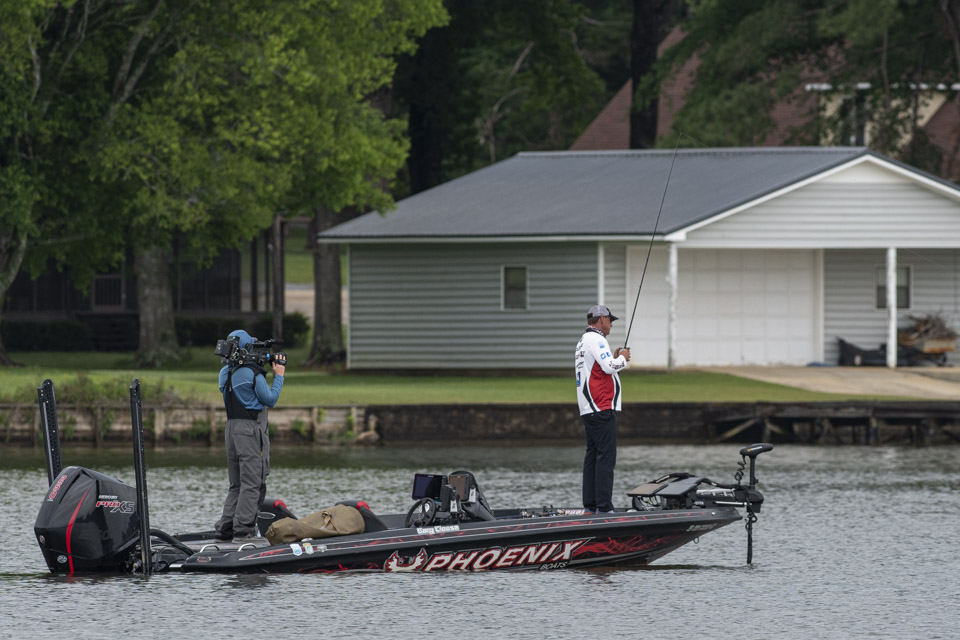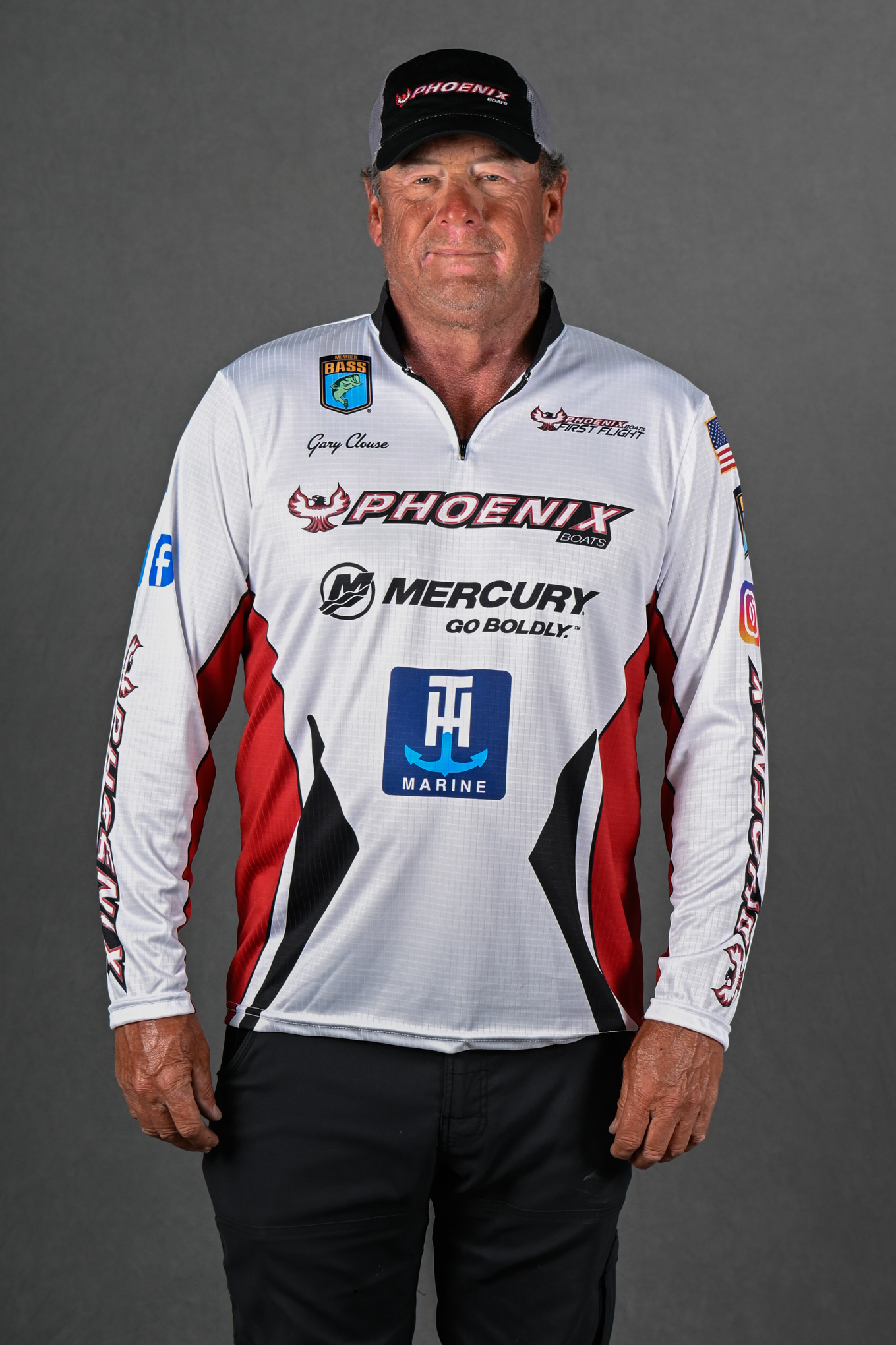
Yes, the price of top-of-the-line bass boats has gotten crazy. But everything has.
I’ve been in the boat business for several decades and figured it would get there at some point, and sure enough it has.
But the truth is you don’t have to spend that kind of money to have a quality bass rig, regardless of whether you’re a tournament angler or a recreational fisherman.
There’s a perception that to be a successful bass angler you need the biggest boat made with the maxed-out horsepower outboard and top-of-the-line electronics.
That simply isn’t true.
At Phoenix, we build the 721 model which is one of the most value-packed boats in that size range. Greg Hackney has run this boat several years on the Elite Series. Drew Benton, Buddy Gross, David Mullins and Lee Livesey run the 721 this year. It retails for $72,995 with a Mercury 250 Pro XS, Power-Poles and other options to make it a very competitive package.
Many of today’s bass boats under 21 feet offer wide bow fishing platforms and some of the same amenities found on larger boats – boats that require more horsepower and therefore cost more. Unless you’re fishing big water often, boats in the 18- to 20-foot range fish similarly and can provide good speeds with less horsepower. Phoenix has an 819 with a 200 HP that retails for $53,495.
There’s no denying that inflation has impacted boat and outboard builder prices across the board.
But when you really drill down on the rising costs of fully-rigged bass rigs the past few years, much of the increase is due to the electronics and other equipment used by pro level anglers.
That has created a misconception among weekend anglers that they need multiple large screen electronics, shallow-water anchoring systems, expensive battery chargers and $4,000 or more in lithium batteries to be a competitive angler.
While all of those items can be helpful, they really aren’t necessary — nor are they instantly going to make you a great angler.
For electronics, all you need is something like a Humminbird graph with GPS, mapping and side imaging on the console and another unit with GPS and down imaging on the bow. You can get by without the side imaging, but many companies now include that kind of unit as part of their packaged boats.
Forward-facing sonar is the rage these days and can be helpful in some situations, but you don’t need it to locate and catch fish. Although most pros have it, keep in mind they were catching a lot of fish long before that kind of equipment was developed. It’s also something you can add to your rig when in a better financial situation.
The same goes for shallow-water anchors and additional sonar/mapping electronics. Large graph screens are impressive, but you can get the same information on smaller screens and reduce costs.
I still use AGM-style batteries that are more affordable than lithium and use a basic four-bank battery charger that comes with my Phoenix Boat.
My point is that no one should be discouraged from being a bass angler just because they can’t afford to “look like a bass pro.”
Buy what your budget can handle and upgrade as your finances and needs grow. You can still improve your fishing skills and have enjoyable days on the water with a rig that doesn’t break the bank.
After all, the fish don’t care.





